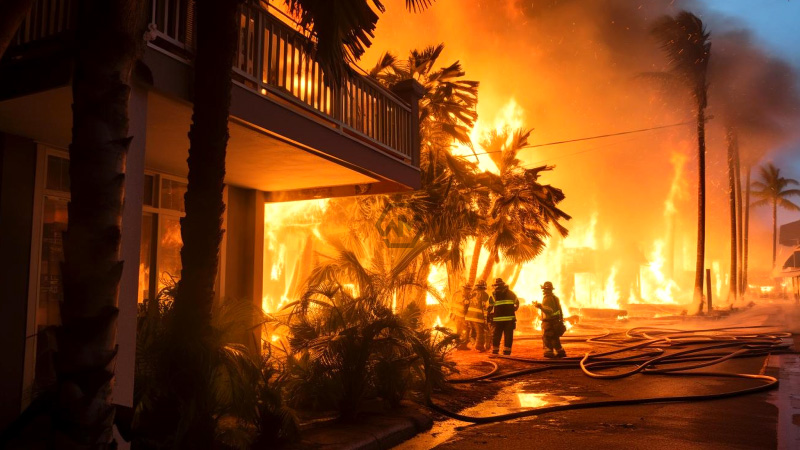- Over 137,000 people evacuated as multiple wildfires rage across Los Angeles County.
- Unprecedented destruction includes over 1,000 structures destroyed and five confirmed fatalities.
- Santa Ana winds and extreme drought fuel the fires, with climate change intensifying conditions.
Los Angeles County faces a devastating wildfire crisis, with over 137,000 residents forced to flee their homes. Five major wildfires, including the Palisades and Eaton Fires, remain uncontained, fueled by relentless Santa Ana winds and dry vegetation.
Experts attribute the intensity of these wildfires to prolonged drought and the impacts of climate change, which have created a perfect storm for destruction. With no rain forecasted for the coming week, firefighters face an uphill battle.
Uncontained Fires Leave Los Angeles in Crisis: What You Need to Know
The Palisades Fire has rapidly expanded to over 25,000 acres, destroying homes and displacing tens of thousands in the affluent Pacific Palisades area. This blaze, combined with the Eaton Fire near Pasadena and the Sunset Fire in Hollywood Hills, underscores the widespread impact of these fires. Schools, businesses, and iconic landmarks like Sunset Boulevard have suffered extensive damage, reflecting the fires’ indiscriminate destruction.
The Eaton Fire alone has claimed five lives, prompting urgent evacuation orders for nearly 40,000 residents. Meanwhile, firefighters face significant challenges, with depleted water supplies and insufficient containment equipment hampering their efforts. Public frustration has also emerged, with debates about preparedness and resource allocation.
Santa Ana winds have played a critical role in intensifying these fires. Reaching speeds of up to 100 mph, these winds propel embers and flames, making containment exceedingly difficult. Combined with record drought conditions, these winds are part of a broader climate crisis that experts say will only worsen without decisive action.
Authorities have urged residents to remain vigilant and adhere to evacuation orders. Local shelters and relief centers are operating at full capacity, providing refuge for those displaced. Community support and donations have poured in, but the scale of destruction will require long-term recovery efforts.
California’s wildfires are a stark reminder of the growing risks posed by climate change and the urgent need for comprehensive action. As Los Angeles rebuilds, resilience and preparedness must be prioritized to mitigate future disasters.
“Climate change is not a distant threat—it’s our present reality.” The ongoing wildfires vividly illustrate the impact of climate change, with extreme weather patterns exacerbating destruction and highlighting the need for action.



